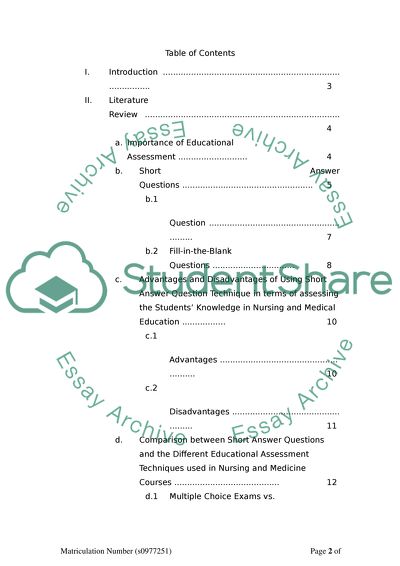Cite this document
(“Critically review an assessment process of your choice and determine Essay”, n.d.)
Retrieved from https://studentshare.org/environmental-studies/1407031-critically-review-an-assessment-process-of-your
Retrieved from https://studentshare.org/environmental-studies/1407031-critically-review-an-assessment-process-of-your
(Critically Review an Assessment Process of Your Choice and Determine Essay)
https://studentshare.org/environmental-studies/1407031-critically-review-an-assessment-process-of-your.
https://studentshare.org/environmental-studies/1407031-critically-review-an-assessment-process-of-your.
“Critically Review an Assessment Process of Your Choice and Determine Essay”, n.d. https://studentshare.org/environmental-studies/1407031-critically-review-an-assessment-process-of-your.


